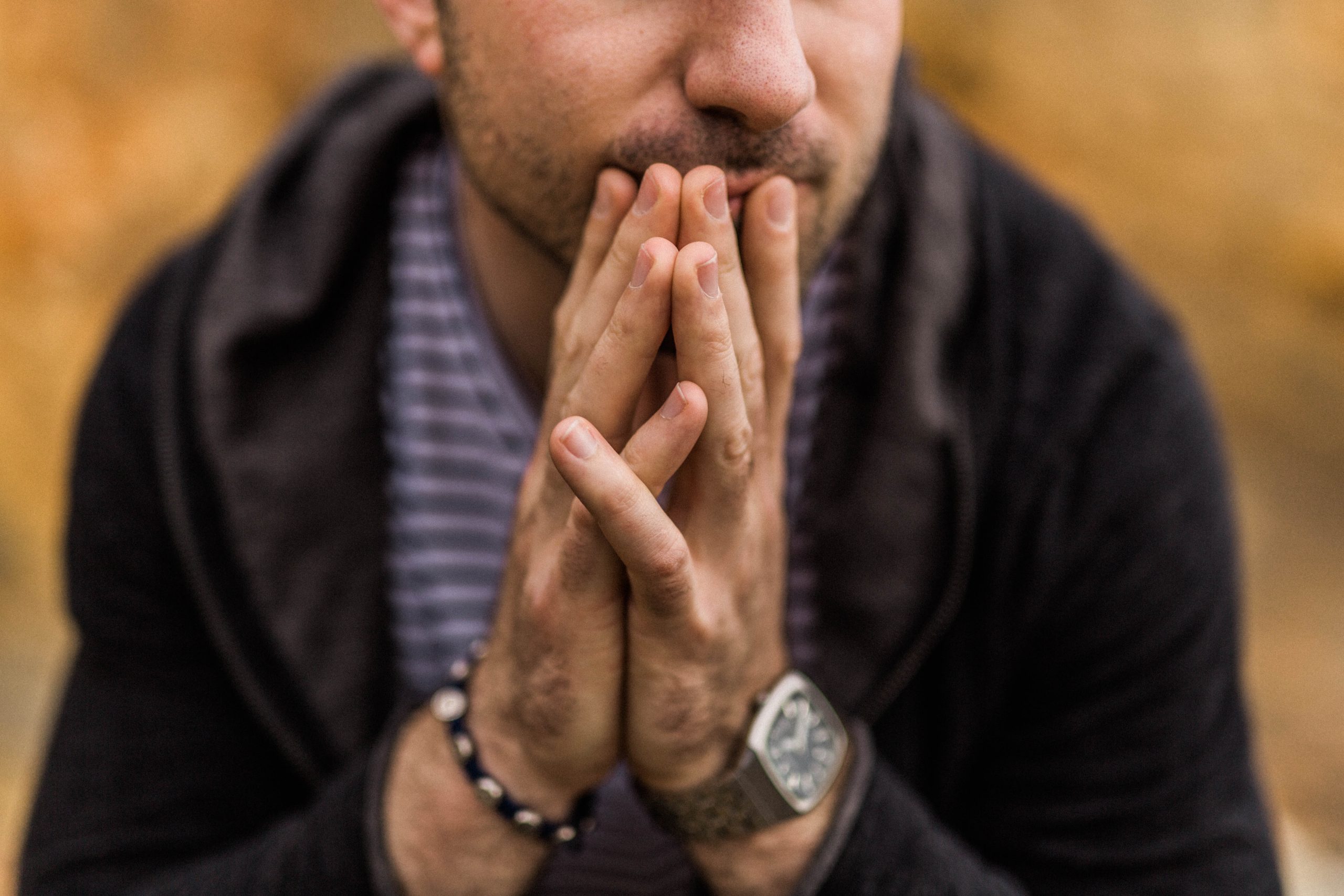History of Art Therapy
Margaret Naumburg, a therapist and educator, is one of the first to develop and define art therapy in the 1940s. She is referred to as the founder of art therapy. Art therapy has been utilized in a wide range of populations. Those from very young children to the elderly. War veterans, those incarcerated, people with physical disabilities, and those who suffer from mental illness and/or psychological disorders.
Science Behind Art Therapy
Art therapy is a unique treatment that doesn’t require talent or skill to get therapeutic results.
The American Art Therapy Association continues to define Art Therapy as “facilitated by a professional art therapist, effectively supporting personal and relational treatment goals as well as community concerns.” Art therapy improves sensory-motor and cognitive functions, improves self-esteem, raises self-awareness, creates emotional resilience, builds insight, improves social skills, and reduces/resolves conflicts and distress.
A core theory is that different art media activates different brain regions. Watercolor or clay will tap into the more emotional centers of the brain, which are less restrictive. More resistive media such as rulers, pencils, markers, and even building something in 3D will potentially utilize more cognitive processes in the brain.
Another theory is that a patient’s artwork has very symbolic meanings. These symbolic meanings reflect emotions often attached to memories that are difficult to express with words.
Art Therapy offers techniques and projects to help meet anyone’s physical, emotional, mental, and spiritual needs. It is believed that expressing oneself has a huge impact on healing and helps enable a person to do so, along with deepening their senses of self-awareness and having more meaning in their life.





